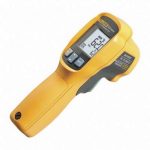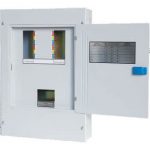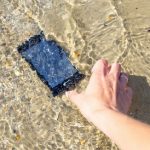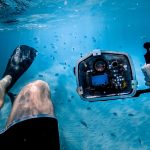The IP (Ingress Protection) enclosure system uses a 2-digit suffix to describe the degree of ingress protection for enclosures. The IP44 rating protects against water splashing from any angle vs the IP45 rating which protects against water jets projected by a nozzle. Both ratings provide intrusion protection against solid objects larger than 1mm. In this article, you will learn about the IP protection system, compare IP44 vs. IP45 ratings, and learn about typical IP applications.
IP Protection System
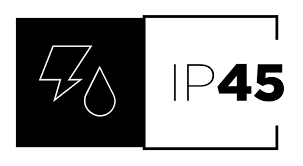
The IP rating is an international standard. It determines the degree of protection or sealing efficacy in enclosures against the infiltration of objects, water, dust, and contact. Also, it is compliant with European Standard EN 60529.
Products are noted by the initials IP (Ingress Protection), followed by two digits and an optional letter in the IP code. The two digits denote the level of intrusion protection versus solids and liquids. The optional letter notes the product’s resistance to pressure.
IP Ratings – Intrusion Protection
| Level | Intrusion Protection |
|---|---|
| X | No protection. |
| 1 | Protection from a large part of the body such as a hand (but no protection from deliberate access); from solid objects greater than 50mm in diameter. For example, accidental touch by hands. |
| 2 | Protection against fingers or other objects not greater than 80mm in length and 12mm in diameter. For example, fingers. |
| 3 | Protection from entry by tools, wires, etc, with a diameter of 2.5 mm or more. For example, tools, and wires. |
| 4 | Protection against solid objects larger than 1mm. For example, wires, nails, screws, larger insects, and other potentially invasive small objects such as tools/small, etc. |
| 5 | Partial protection against dust that may harm equipment. |
| 6 | Totally dust-tight. Full protection against dust and other particulates, including a vacuum seal, tested against continuous airflow. |
IP ratings – Moisture Protection
| Level | Moisture Protection |
|---|---|
| X | No protection. |
| 1 | Protection against vertically falling droplets, such as condensation. ensuring that no damage or interrupted functioning of components will be incurred when an item is upright. |
| 2 | Protection against water droplets deflected up to 15° from vertical |
| 3 | Protected against spray up to 60° from vertical. |
| 4 | Protected against water splashes from all directions. Tested for a minimum of 10 minutes with an oscillating spray (limited ingress permitted with no harmful effects). |
| 5 | Protection against low-pressure jets (6.3 mm) of directed water from any angle (limited ingress permitted with no harmful effects). |
| 6 | Protection against direct high-pressure jets. |
| 7 | Protection against full immersion for up to 30 minutes at depths between 15 cm and 1 meter (limited ingress permitted with no harmful effects). |
| 8 | Protection against extended immersion under higher pressure (i.e. greater depths). Precise parameters of this test will be set and advertised by the manufacturer and may include additional factors such as temperature fluctuations and flow rates, depending on equipment type. |
| 9 | Protection against high-pressure, high-temperature jet sprays, wash-downs, or steam-cleaning procedures. |
IP44 vs. IP45 Difference
Intrusion protection for IP44 vs IP45 is the same (4). The differences lie in the moisture grade number (4 vs. 5).
| Rating | Difference | Similarities |
|---|---|---|
| IP44 | Protected against water splashes from all directions. Tested for a minimum of 10 minutes with an oscillating spray (limited ingress permitted with no harmful effects). | Protection against solid objects larger than 1mm. For example, wires, nails, screws, larger insects, and other potentially invasive small objects such as tools/small, etc. |
| IP45 | Protection against low-pressure jets (6.3 mm) of directed water from any angle (limited ingress permitted with no harmful effects). | Protection against solid objects larger than 1mm. For example, wires, nails, screws, larger insects, and other potentially invasive small objects such as tools/small, etc. |
Common IP Applications
The universal IP rating system gives buyers the confidence to use products in a specific environment. For example, the term ‘waterproof’ doesn’t clearly define where and to what extent an item can resist moisture ingress. Therefore, an IP rating provides a far more specific account.
Protective IP cases may apply to lighting, controllers, electric instruments, power supply, industrial camera housings, desktop electronics, and measuring/control equipment, to name a few. Instrument applications such as volt-meters, digital thermometers, and flow readers are also typical. Additionally, electrical motors often bear the IP designation.
IP-rated enclosures compete in the industrial market with the NEMA (National Electrical Manufacturers Association) designation.
Common IP44 Applications
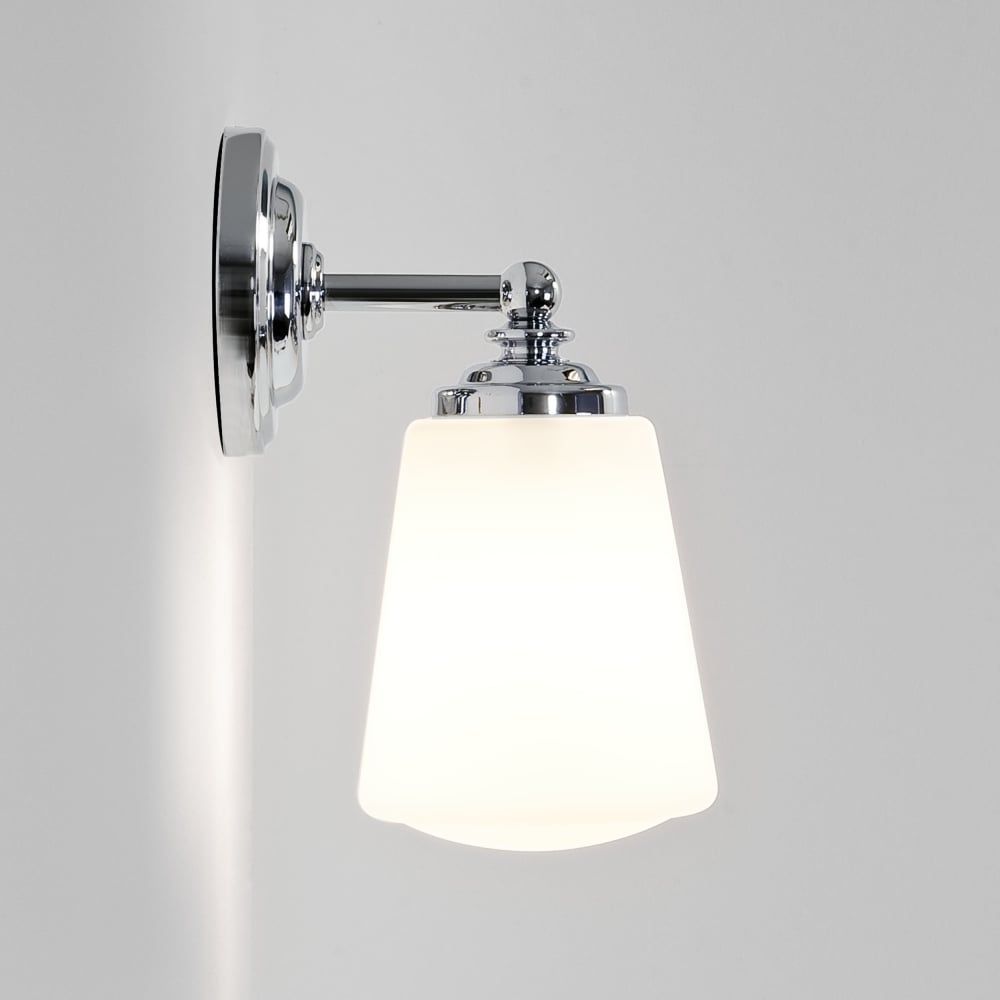
Like its IP45 cousin, the IP44 rating applies frequently to lighting applications.
Any object greater than 1 millimeter in size as well as water spray originating from any angle is protected from an IP44-rated product, which is usually referred to as “splash proof.” An IP44-rated fitting would be used in a location where it might rain or spray, like an outdoor light fixture or a bathroom light fixture.
Common IP45 Applications
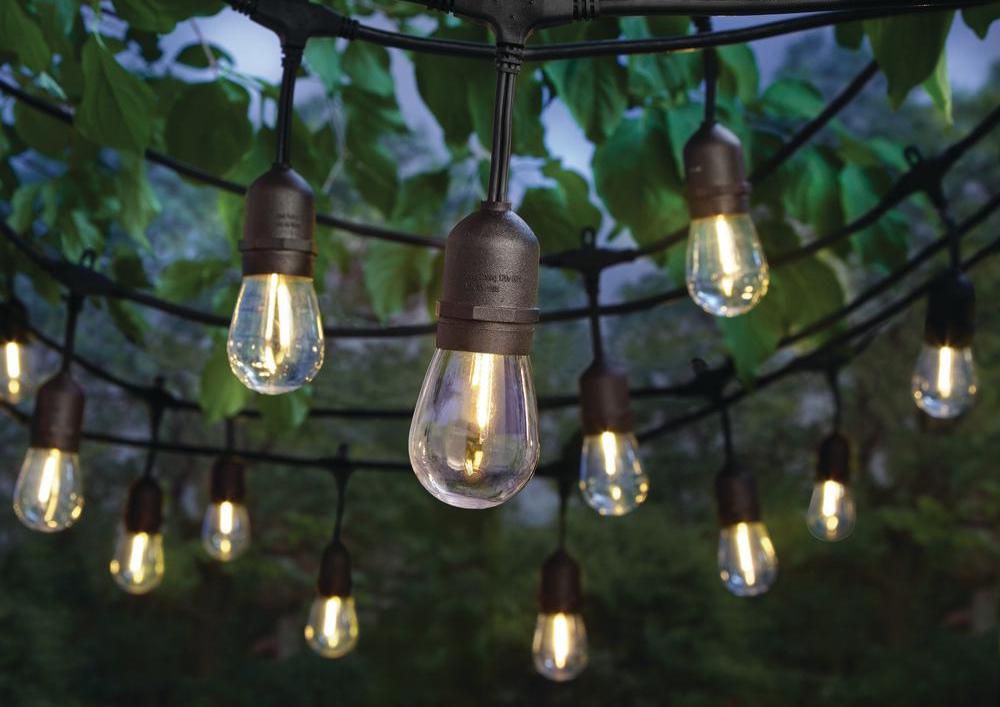
The minimum IP rating to look for when purchasing a light for the garden is IP43, which protects the light against rain or water spray. However, in some places, it is advised that a typical outdoor wall lantern has a minimum IP44 classification to protect the light from heavy rain. However, if you’re shopping for patio or decking lights, an IP45 or above grade is advised because these lights are frequently cleaned with a kind of power washer.
IP44 vs IP45 – Which to Choose?
The majority of bathroom fixtures have an IP44 or IP45 rating. They are thereby shielded from water splashes coming from any angle.
If aggressive water intrusion is expected, IP45 should be chosen over IP44. The use of IP44 and IP45 finds common applications in lighting because it does offer some degree of protection. However, for sensitive electronic equipment, typically requires more robust protection such as IP68 and IP56.
